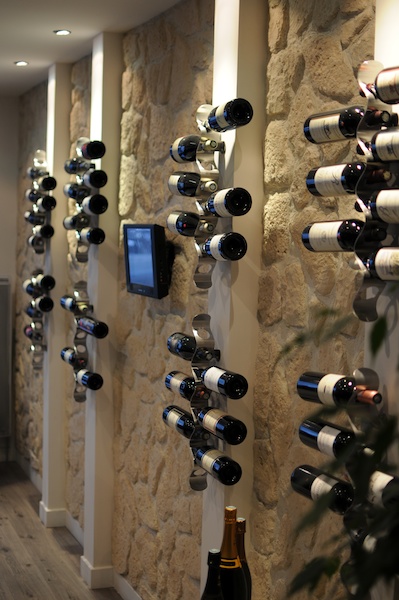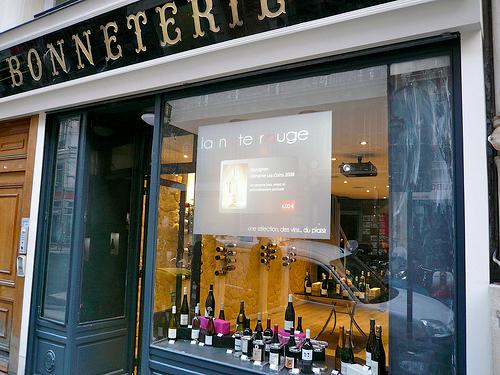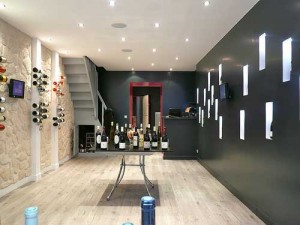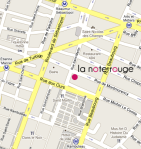“Every vintage at the Wine Festival offers a fresh journey of discovery,” says Festival Executive Director Harry Hertscheg.
“Whether it’s wines from across Spain, Fortified examples from around the globe or selections from unfamiliar wine regions, each Festival attendee gets their own unique tasting experience while trying new wines and connecting directly with their producers.”
 Spanish Winemaker, Miguel Torres
Spanish Winemaker, Miguel Torres
Wines from Spain and a Global Focus on Fortified Wine will bring plenty of varietals
to the 33rd annual event September 24th, 2010, Vancouver, BC - The Vancouver Playhouse International Wine Festival will mark its 33rd year with Wines from Spain and a Global Focus on Fortified Wine. The Festival, which runs from March 28th to April 3rd, 2011, will bring 176 participating wineries to the Vancouver Convention Centre and top Vancouver restaurants and hotels for a total of seven days of tastings, seminars, and wine focused events. A full list of participating wineries is now available online
 Alvaro Palacios, Winemaker, Priorat Region, Spain
Alvaro Palacios, Winemaker, Priorat Region, Spain
With a total of 33 participating Spanish wineries, visitors to the 2011 Festival will have the opportunity to sip wines from indigenous varietals such as Albariño, Cariñena, Garnacha, Godello, Macabeo, Mencía, Monastrell, Palomino, Pedro Ximénez, Tempranillo, Verdejo and Viura, as well as Spanish versions of more international grapes such as Chardonnay, Cabernet Sauvignon, Merlot and Shiraz. All of this will be complemented by events that will highlight not only the Wines from Spain but also the delicious food, diverse culture and rich history of the country.
A number of Spain’s most notable and impressive principals will be on hand at this year’s Festival, including Miguel A. Torres, President and Managing Director of Miguel Torres Winery. Named European Winery of the Year by Wine Enthusiast in 2006, Miguel A. Torres is the fourth generation of Torres to preside over this acclaimed winery in the Penedès region. Decanter magazine named Miguel A. Torres Man of the Year in 2002. Also attending will be Alvaro Palacios of Alvaro Palacios Winery. Palacios founded his namesake winery at the young age of 25 and is often credited for resurrecting the region of Priorat. His L’Ermita is widely regarded as one of the most important Spanish wines in a generation. Other notable names scheduled to attend this year’s Festival include:· Alex Giesen, Director and Owner, Giesen Wine Estate – New Zealand· Ann Sperling, Winemaker, Sperling Vineyards – Canada (BC)· Aurelio Montes Sr., Winemaker, Montes – Chile· Christophe Hedges, Winemaker, Hedges Family Estates and Snoqualmie Vineyards. – USA (WASH)·Craig McDonald, General Manager, Wine Gretzky Estate Winery - Canada (ON)· Fernando
Alvear, President and CEO, Bodegas Alvear – Spain· Felipe González-Gordon, President, González Byass – Spain· Javier Hidalgo, Proprietor, Bodegas Hidalgo – Spain· Joel Peterson, Founder, Ravenswood – USA (CA) · Louis Moreau, Proprietor and Winemaker, Domaine Louis Moreau – France· Marc Kent, Winemaker and Co-owner, Boekenhoutskloof – South Africa· Nik Weis, Owner, St. Urbans-Hof – Germany· Riccardo Tedeschi, Owner and Winemaker, Tedeschi – Italy· Rupert Symington, Joint Executive Director, Symington Graham's Port - Portugal· Stuart Blackwell, Senior Winemaker, St Hallett – Australia· Susana Balbo, Winemaker, Dominio del Plata – Argentina·Telmo Rodriguez, Proprietor, Telmo Rodríguez Wines - Spain· Udi Kadim, CEO, Galil Mountain Winery and Yarden – Israel
The Vancouver Playhouse International Wine Festival will open on Monday, March 28th, 2011 and will feature 176 wineries participating in 63 events to a projected 25,000 attendees. Early tickets to the Festival will be on sale November 30. For more information visit the newly revamped www.playhousewinefest.com.
About the Playhouse Wine Festival The Vancouver Playhouse International Wine Festival, Canada’s premier wine show, runs from March 28th to April 3rd, 2011. The Playhouse Wine Festival is one of the biggest and oldest wine festival events in the world. In 2011, the theme region will be Spain and the global focus Fortified Wine. The Festival features a week of special events including the Bacchanalia Gala Dinner + Auction, wine seminars, wine minglers, winery dinners, and lunches and brunches at fine restaurants and hotels. The Playhouse Wine Festival is produced by the Vancouver Playhouse International Wine Society, which has three mandates: provide an informative, educational and entertaining wine experience for public and trade; be a premier marketing opportunity for the wine industry and Festival partners; and raise funds for the Playhouse Theatre Company. Since its inception in 1979, the Festival has raised over $7.2 million to enable Western Canada’s leading theatre company to mount 223 productions and develop extensive community outreach and educational programs.The Shore Club generously presents the Vancouver Playhouse International Wine Festival.










